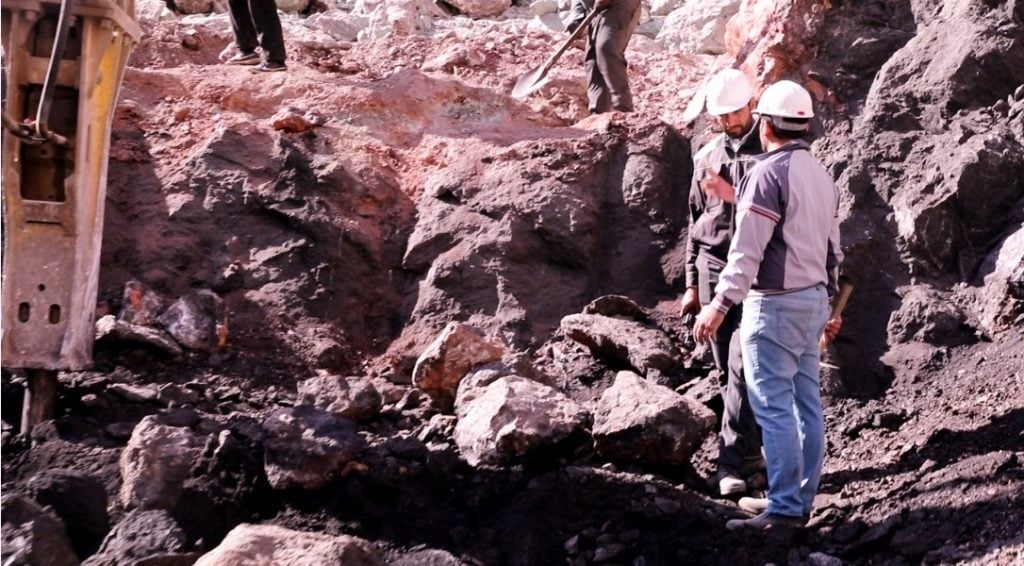Mining and extracting of stone and metal has been done since pre-historic times. Modern mining processes involve prospecting for ore bodies, analysis of the profit potential of a proposed mine, extraction of the desired materials, and final reclamation of the land after the mine is closed. The nature of mining processes creates a potential negative impact on the environment both during the mining operations and for years after the mine is closed. This impact has led most of the world’s nations to adopt regulations designed to moderate the negative effects of mining operations. Safety has long been a concern as well, and modern practices have improved safety in mines significantly.

When we are insured about existence and the volume of the minerals which are lied under ground by result of discovering projects, mining and extracting, the most important part of our job, begins. Nowadays we are extracting about 5000 MT Manganese from 10 mines in Middle East while we are largely supply barite, fluorine, ferro silico manganese and phlogopite.
There are two basic types of mining and extracting minerals: surface and sub-surface (deep), each relying on a variety of techniques. Regardless of process, U.S. legislation requires operators to submit a plan for restoring the land and mitigating acid mine drainage before a permit is granted for mining operations. It further specifies that all sites be restored to their original contours and provides a funding mechanism for helping restore abandoned mines.

 Persian
Persian